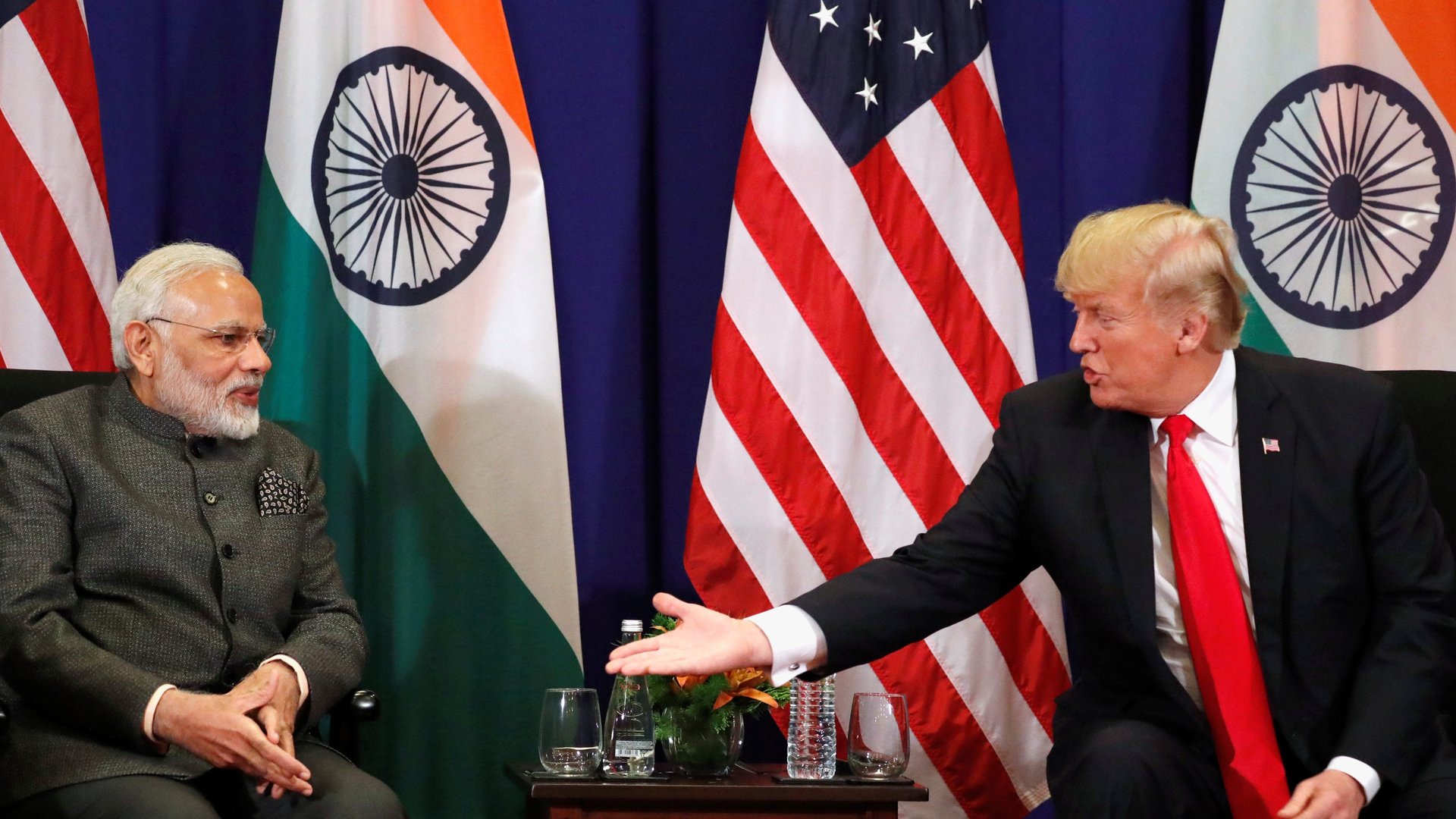By deferring the H4 decision, Trump has only confused Indian techies further
Last week, the Donald Trump administration delivered some good news for holders of the H4 dependent visa, but Indian techies aren’t rejoicing yet.


Last week, the Donald Trump administration delivered some good news for holders of the H4 dependent visa, but Indian techies aren’t rejoicing yet.
On March 03, the department of homeland security (DHS) deferred issuing the draft proposal to restrict work permits for holders of H4 visas—dependents of the H-1B visa-holders—from February to June 2018, The Times of India newspaper reported.
This lengthy period of limbo has a huge impact on India. For Indians are the largest beneficiaries of H-4 visas, holding nearly 80% of the 125,000 issued in 2015 alone, and women account for 90% of all H-4 visas.
Besides, the move comes just days after the US government announced increased scrutiny for H-1B visa issuance. A Feb. 22 policy announced by the United States Citizenship and Immigration Services (USCIS) tremendously increases the paperwork required for new applicants working for third-party clients. This, after the state agency had already toughened the criteria for computer science workers.
“Our research shows a great deal of concern about what a future in the US looks like. So it stands to reason that the best talent in the world will shop around for a better experience,” Richard Burke, CEO of global immigration management platform Envoy, told Quartz. “It’s only human nature.”
Indeed, Indians have already started eyeing Canada and other places that offer more security. With a month to go for the H-1B-filing season of fiscal 2019 to begin, immigrants are on the edge.
Yo-yo laws
Up until 2015, husbands and wives of H-1B workers were not allowed to work. However, the Barack Obama administration let in a ray of hope when it allowed H-4 visa-holders, whose spouses were awaiting green card approval, to seek work permits of their own. This joy was short-lived, though, as Trump sought to scrap this move.
And if anything, along with the H-1B wives, the H-1B workers themselves are rattled. Since taking office last January, the Trump administration has been cracking down on H-1B.
The “Buy American, Hire American” executive order he signed in April 2017 promised to bring jobs back to the US, in turn fueling anxiety among immigrants, especially Indian techies who account for most H-1B applications (pdf) each year.
At the same time, the government also temporarily halted the 15-day premium processing for H-1Bs—standard processing takes between three and six months. Though expedited processing was back by last September, the threat always looms large.
At the start of this year, it was reported that a supposed internal memo of the DHS sought to ask H-1B visa-holders awaiting green cards to leave the US. Less than a week later, the US Citizenship and Immigration Services denied any such move, but its reputation of see-sawing norms was cemented.
Meanwhile, Indian firms like Infosys, Tata Consultancy Services, and Wipro, which are among the top-five recipients of H-1B visas, are breaking away from their traditional outsourcing models to reduce visa dependency. They are switching to remote work, using video-conferencing and the cloud, and setting up near-shore centres, among other things.